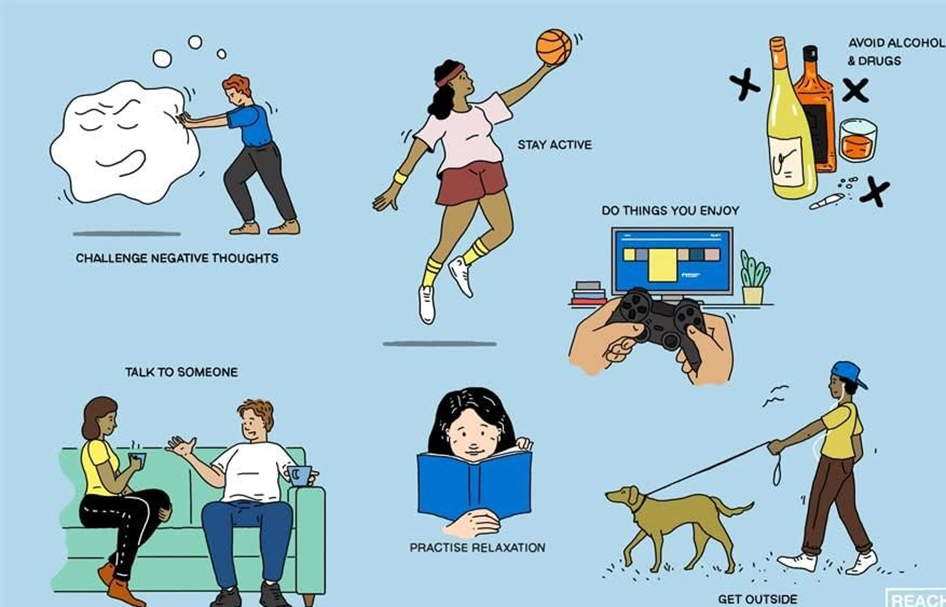A client with depression does not want to communicate with friends, uses television watching as a means of escaping responsibilities, and describes the inability to handle personal circumstances. Which coping strategy should the nurse include in the plan of care?
Shift attention from self to the needs and requests of others
Relax and reduce the amount of effort to solve the problem.
Focus on small achievable tasks, not taxing problems.
Concentrate on and ventilate emotions when distressed.
The Correct Answer is C
A. Shifting attention from self to others might strain the individual further as they might not have the emotional energy for it.
B. Relaxation without addressing underlying issues won't help in managing depression and might exacerbate the situation.
C. Focusing on small achievable tasks helps in breaking down overwhelming problems into manageable parts, aiding in a sense of accomplishment.
D. Ventilating emotions might be beneficial, but solely relying on this strategy might not address the core issue of handling responsibilities.

Nursing Test Bank
Naxlex Comprehensive Predictor Exams
Related Questions
Correct Answer is A
Explanation
A. Exploring changes in life after the loss can help the nurse understand the client's current situation and provide a basis for further interventions.
B. Suggesting psychiatric consultation might be necessary but might not be the immediate first step without assessing the client's current needs.
C. Offering a referral to pastoral counseling might be helpful, but understanding the client's current state is important before making specific referrals.
D. Encouraging attendance at a local support group could be beneficial but might not be the immediate priority without understanding the client's current emotional state.
Correct Answer is B
Explanation
A. Inquiring about the mother's other children might not directly address her current emotional distress and might not be an immediate concern.
B. Asking if the mother has ever thought about harming herself or her child is essential to assess the severity of her depressive thoughts and the risk of harm.
C. Encouraging journaling can be helpful as part of coping, but in this context, addressing immediate concerns about self-harm is more crucial.
D. Reassurance is important, but in this case, providing false hope or assurance about achieving milestones may not be realistic and might not address the mother's current distress.
Whether you are a student looking to ace your exams or a practicing nurse seeking to enhance your expertise , our nursing education contents will empower you with the confidence and competence to make a difference in the lives of patients and become a respected leader in the healthcare field.
Visit Naxlex, invest in your future and unlock endless possibilities with our unparalleled nursing education contents today
Report Wrong Answer on the Current Question
Do you disagree with the answer? If yes, what is your expected answer? Explain.
Kindly be descriptive with the issue you are facing.
